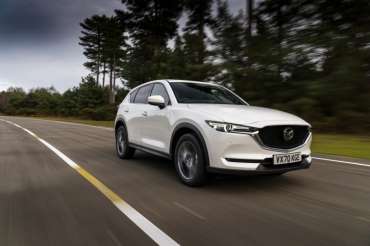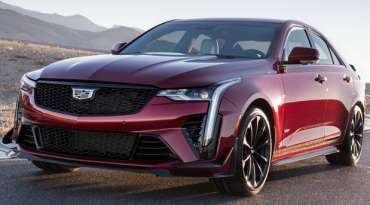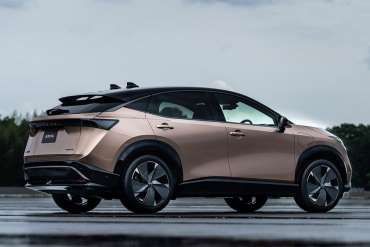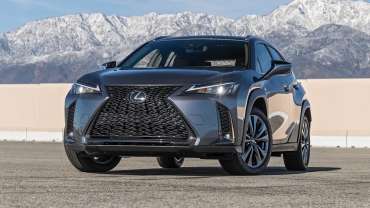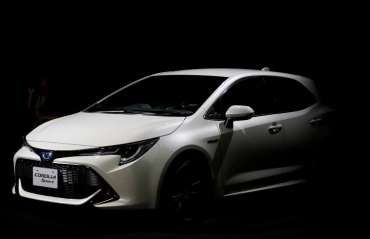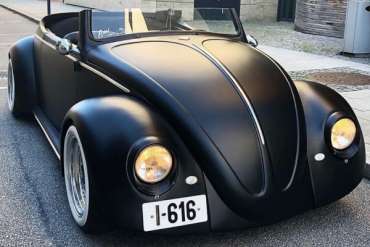
Worldcarblog.com
Sales of refreshed Mazda CX-5 started in Europe
The Japanese manufacturer has slightly redesigned an important member of the Mazda family - the CX-5 SUV. Sales in Europe have started, and the price in Great Britain is around 27,000 pounds.
The Mazda CX-5 was first unveiled in 2012 and was the first to embrace the Kodo design language and Skyactive technology.
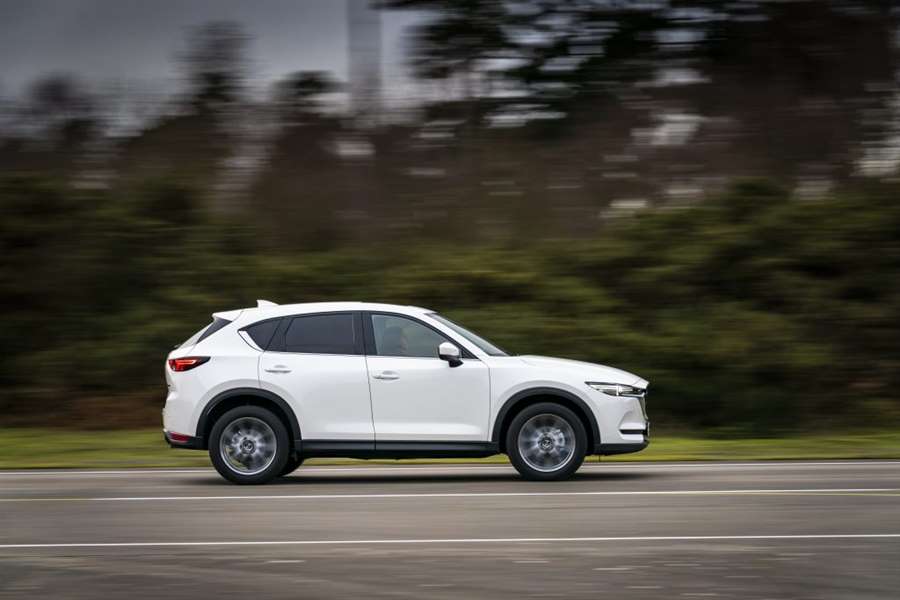
So far, 490,870 Mazda CX-5s have been sold in Europe, but still much more is sought outside the Old Continent, so globally that number is as much as 3.1 million, which makes this SUV the best-selling Mazda model.
An upgraded version of Mazda's mid-size SUV, the CX-5, brings innovations in technology, improved driving dynamics, and reduced CO2 emissions.
Engines and transmissions have also undergone slight improvements, so, among other things, the 2.2-liter Skyactive-D diesel engine with 184 hp is now offered for the first time with front-wheel drive.
The CX-5 also arrived in some markets in Europe in a version with a 2.5-liter Skyactive-G petrol engine of 195 hp, and there is a standard two-liter with 165 hp, which is offered with both front and 4 × 4 drive.
Changes to the engines have resulted in a cleaner and more dynamic ride, so, for example, the accelerator pedal has been optimized, which is now more responsive than before, then the engine, but also the six-speed automatic transmission.
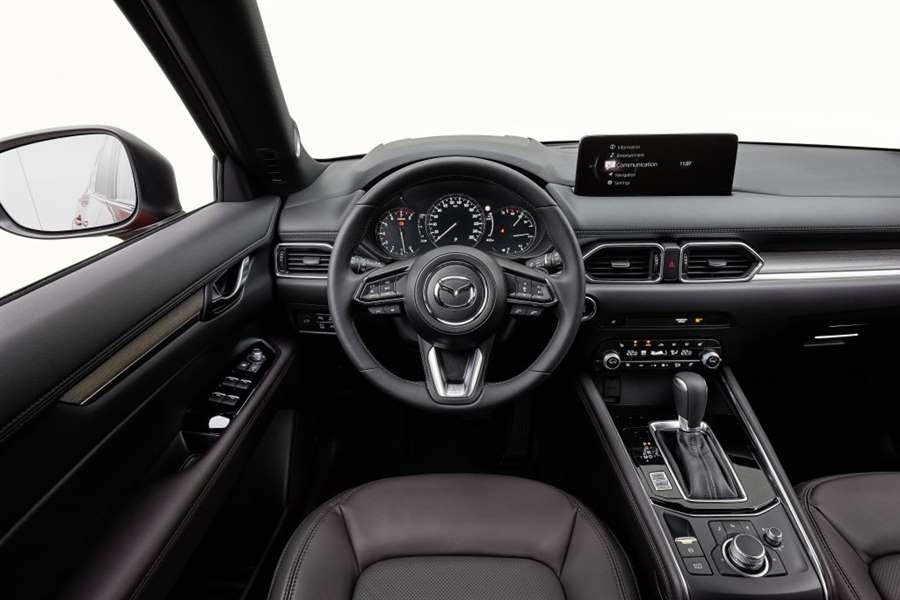
Now this SUV is also equipped with an improved HMI infotainment system, which is displayed on a larger 10.25-inch display, faster response and a cleaner display than before. Controller handling has also been improved, and new connectivity options for the Mazda app have been introduced.
In addition to the restyled CX-5, Mazda also offers a special edition of this SUV to mark the brand's 100th anniversary, called the Homura.
In Japanese, the word means flame, and this version differs from the standard ones by special black details of the exterior and interior, as well as 19-inch wheels.
Introduced Cadillac CT4-V Blackwing and CT5-V Blackwing
Cadillac has also officially unveiled the Blackwing versions of the CT4-V and CT5-V sports sedans, the announcement of which we saw last weekend.
In short, cars have a more aggressive front end with larger air vents, aero body kit (front spoiler, sills, trunk spoiler ...), new alloy wheels (18 inches in CT4-V and 19 inches in CT5-V), digital instruments, leather sports steering wheel, as well as optional carbon fiber front seats (on the CT5-V Blackwing).
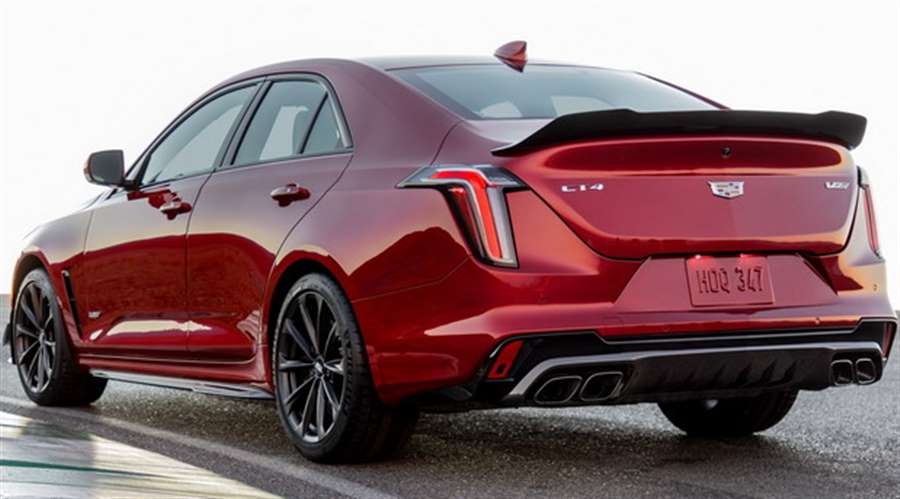
The CT4-V Blackwing is powered by a 3.6-liter twin-turbo V6 engine with 352 kW / 479hp and 603 Nm of torque, acceleration from 0 to 60 mph (96 km / h) is 3.8 seconds, while the maximum speed 304 km / h.
The model comes standard with a 6-speed manual transmission, but a 10-speed automatic will also be offered as an option.
The package for the CT4-V Blackwing also includes an electronic rear LSD differential, Brembo brakes with 381 mm front discs, an optional carbon fiber aerodynamic package, an AKG audio system with 14 speakers, an 8.0-inch infotainment system, a 12.0-inch digital instrument panel. .
Prices for the CT4-V Blackwing in the US start at $ 59,990.
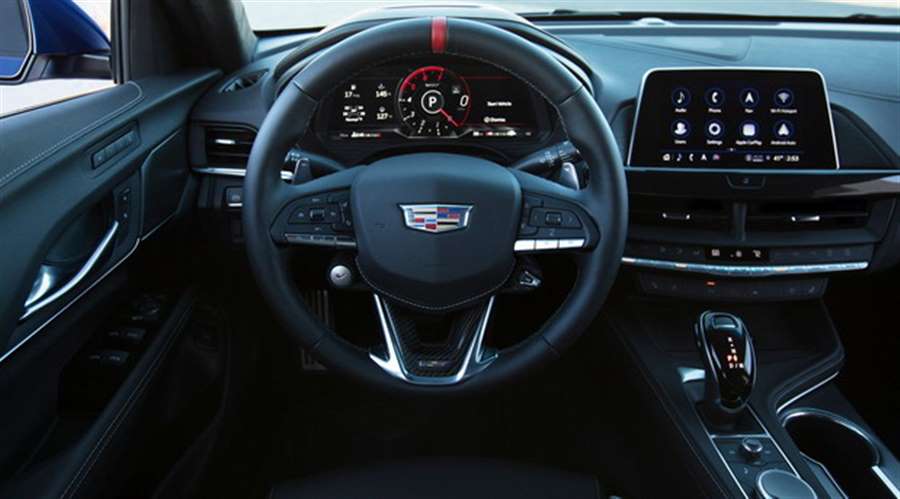
The CT5-V Blackwing under the hood has a 6.2-liter V8 with a compressor developing 498 kW / 677HP and 893 Nm of torque (which is enough for a top speed of 322 km / h and acceleration to 96 km / h in 3.7 seconds) .
Here, too, a 6-speed manual transmission is available as standard, and a 10-speed automatic transmission as an option.
For CT5-V Blackwing, Cadillac has provided rear-wheel drive, electronic rear LSD differential, Brembo brakes with 398 mm front discs, optional carbon-ceramic brakes, 12.0-inch digital instrument panel, 10.0-inch infotainment system, 15-speaker audio system, head -up display, Surround Vision system with recording function ...
In terms of price, the CT5-V Blackwing costs $ 84,990 in the US market.
Nissan Ariya first details
Stylish electric Nissan is packed with tech and goes up to 310 miles
Nissan's second electric car has been unveiled and is due to go on sale in the UK by the end of 2021. The Ariya is an electric SUV that slots between the Nissan Qashqai and Nissan X-Trail in terms of size. It comes with two or all-wheel drive, up to 310-miles of battery range, and two levels of power.
It's Nissan's second electric car after the hugely popular Nissan Leaf. More importantly for buyers, it ushers in a new design language for Nissan. In the metal it looks brilliantly solid and futuristic, while inside it's a step up from what you'd find in a Nissan today.
Main rivals include already established electric cars like the Kia e-Niro and Jaguar I-Pace, as well as upstarts like the Ford Mustang Mach-E, BMW iX3 and VW ID.4.
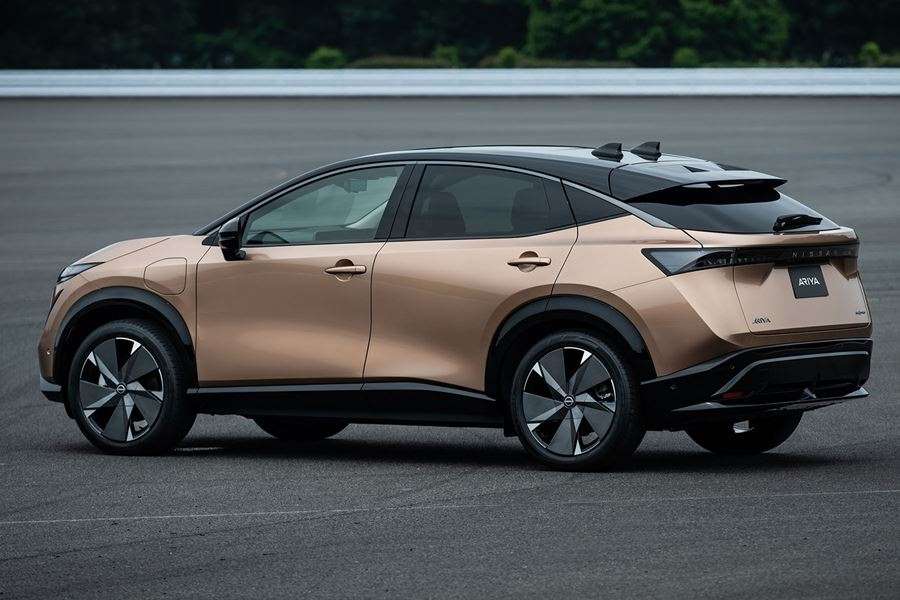
What's it like inside?
As you'd expect, it's bristling with the latest tech. You get a 12.3-inch central touchscreen alongside a 12.3-inch digital display for the driver, and a colour head-up display. There is a suite of driver assistance systems, including an enhanced version of the Leaf’s excellent ProPilot system semi-autonomous adaptive cruise control, with lane-keeping assistance and Nissan’s Safety Shield active safety systems.
The Ariya gets a new 'hey Nissan' voice control system as well as Alexa voice functionality. There's also a Nissan smartphone app to check battery status and set the climate control remotely as you can in many of its electric rivals.
Nissan says that it has the room of a much larger car inside, and this is down to the space efficiency of an electric car, which does not need to house the bulky engine and gearbox in the usual place.
It's a smart new look
The Ariya is certainly more stylish than the Leaf. There are ultra-slim LED headlights upfront, with a contrasting light blade at the rear. It gets animated indicators, two-tone paint schemes and sits on striking large wheels. The design was previewed in 2019 in a concept car – also called the Ariya – and much has remained unchanged going into production.
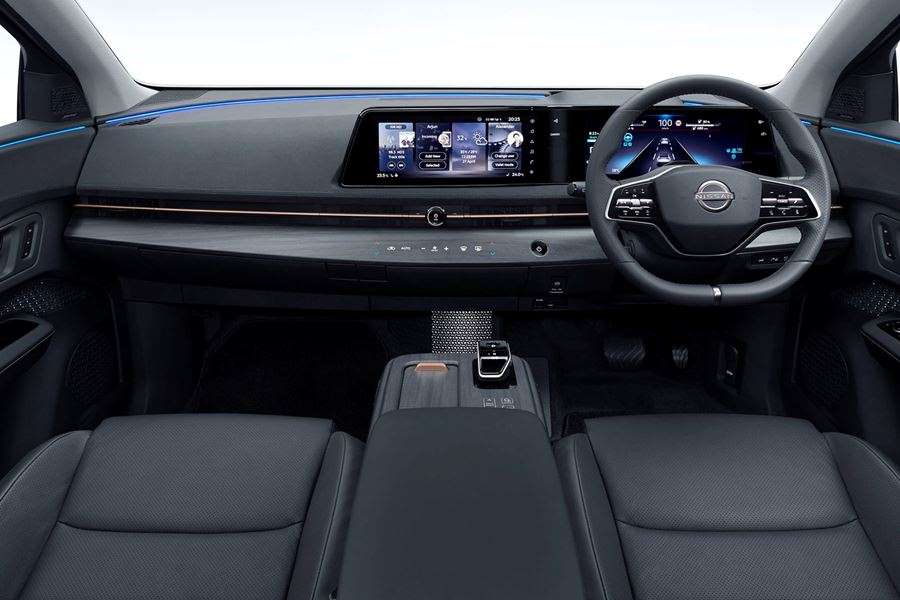
It has a long wheelbase (the distance between the axle lines), which should deliver that promised extra room inside. It's about the same length as an X-Trail, but the wheelbase is more than 7cm longer.
Performance and range – very competitive
The Ariya comes with the choice of two- or four-wheel drive, and will be offered with two power and torque outputs. The entry-level front-wheel drive 63kWh Ariya develops 220hp and 300Nm for a maximum speed of 99mph and a 0-62mph time of 7.5 seconds. Nissan says that this version will have a 233-mile range in real-world WLTP testing. The version with the larger 87kWh battery pack delivers 245bhp with the front-drive motor, and this one covers up to 310 miles on a single charge.
The four-wheel drive versions use what Nissan calls its e-4orce system. With the 63kWh battery pack you get 275hp for a 0-62mph time of 5.9 seconds and a range of up to 211 miles. The 87kWh four-wheel drive model boasts 310hp and 285 miles of range.
Star of the show will be the range-topping Ariya 87kWh Performance model. You get 395hp and 600Nm of torque for a 0-62mph time of 5.1 seconds. Maximum speed is 124mph. Battery range for the Performance model drops to 248 miles.
Charging options
The 63kWh Ariyas get a 7kW charger for home connections and the the 87kWh versions come with a 22kW three-phase set-up, where the home set-up can deliver this. The good news is that it uses the latest CCS charger set-up, and can support the fastest public charging, with up to 130kW.
Source: parkers.co.uk
Volkswagen has opened a plant for recycling car batteries
Volkswagen's Group Components division has opened its first plant to deal exclusively with car battery recycling.
The plant is located in the German city of Salzgitter and has started a recycling pilot project. The goal of the project is to take old lithium-ion batteries used in cars and extract useful raw materials such as lithium, nickel, manganese and cobalt, and to extract aluminum, copper and plastic. In this way, in the ideal scenario, up to 90% of all battery components could be recycled.
Only car batteries that can no longer be used for any other purpose will be recycled in this plant. Namely, during this kind of ecological care, an analysis will be conducted. It will show whether the used battery is still capable of providing enough voltage for its "second life" in long-term energy storage systems, mobile vehicle charging stations and the like. If the analysis shows that the battery is no longer suitable for that, it will be sent for recycling to Salzgitter.
For now, as part of the pilot project, it is possible to recycle up to 3,600 batteries from electric cars a year in this plant. As e-vehicles gain in representation, so will the recycling drive, designed so that its capacity can be increased. Only by the end of this decade, they say from Volkswagen, will the recycling of batteries be carried out in significant quantities here.
What is important for this process is that it is in line with the environmental goals of the Volkswagen Group. VW plans to thoroughly discharge the batteries in the recycling process and disassemble them into their component parts. They are then ground into granules and dried, resulting in the so-called. "black powder" - composed of lithium, nickel, manganese, cobalt and graphite. These elements are separated from the powder by chemical hydrometallurgical processes, dissolution in water and chemicals, which will be carried out by several partners for Volkswagen.
In the end, raw materials for the production of new battery cathodes will be obtained from valuable materials from old batteries. VW calculates that by using recycled materials and renewable energy sources when making a new average car battery, with a capacity of 62 kWh, it will save 1.3 tons of CO2 that will not end up in the atmosphere.
Author: SEEbiz / Bug.hr
2021 Lexus UX200 F Sport First Test: Experience or Appliance?
This compact luxury crossover isn’t the user experience we were hoping for.
Your phone, laptop, smartwatch, heck, even your smart speakers are all a massive pain in the neck. Not for you, but for the people who made them. User experience and interface designers agonize over products for months or even years to deliver an intuitive user experience, and you always notice when they haven't. It's the same story for cars like the 2021 Lexus UX200 F Sport.
Engineers spend countless hours working through endless permutations of designs so they can get the little things like the detent on that volume knob just right. It's all part of an endless quest to satisfy the user. So when we see the letters "U" and "X" arrive emblazoned on the rump of a small subcompact luxury Lexus SUV, the expectation is a satisfying user experience. The only problem is that isn't quite what the Lexus UX200 delivers.
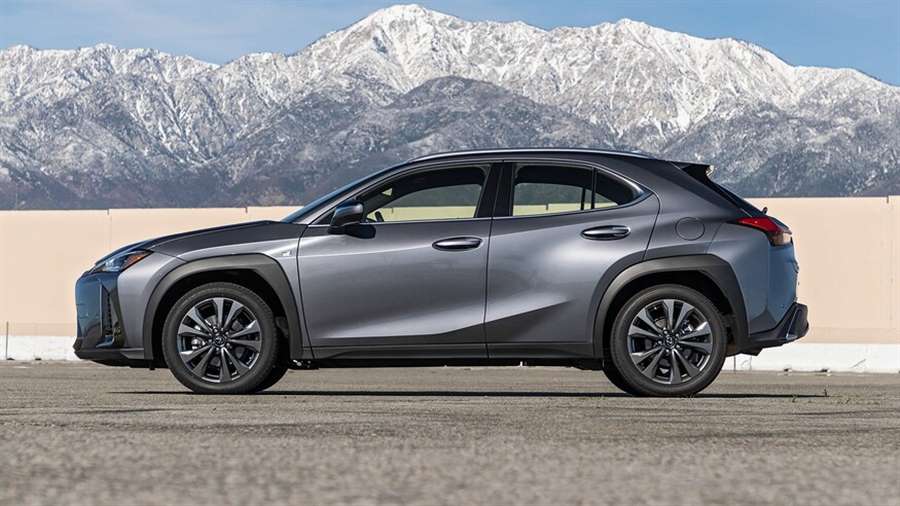
This miniaturized SUV belies both the quality and the satisfaction a Lexus badge normally promises, and the problems start with the UX's pee-wee powertrain. Its 2.0-liter I-4 makes 169 hp and 151 lb-ft of torque, which makes the Lexus one of the slowest vehicles we tested in 2020. At 8.9 seconds to 60 mph, it's slower than much less expensive compact SUVs such as the Mazda CX-30, the base Kia Seltos, and even the Hyundai Venue SEL (which makes 48 hp less).
Sometimes a car feels quicker in the real world than its test numbers would leave you to believe. Sadly, that's not the case here. The UX feels just as breathless on the road as it is on the dragstrip. Merging onto freeways or passing on open roads demands you bury your right foot into the carpet. At that point, the little four-banger shoots to its 6,600-rpm redline and stays there in a perpetual shriek that's about as enjoyable as using a sandpaper Q-tip.
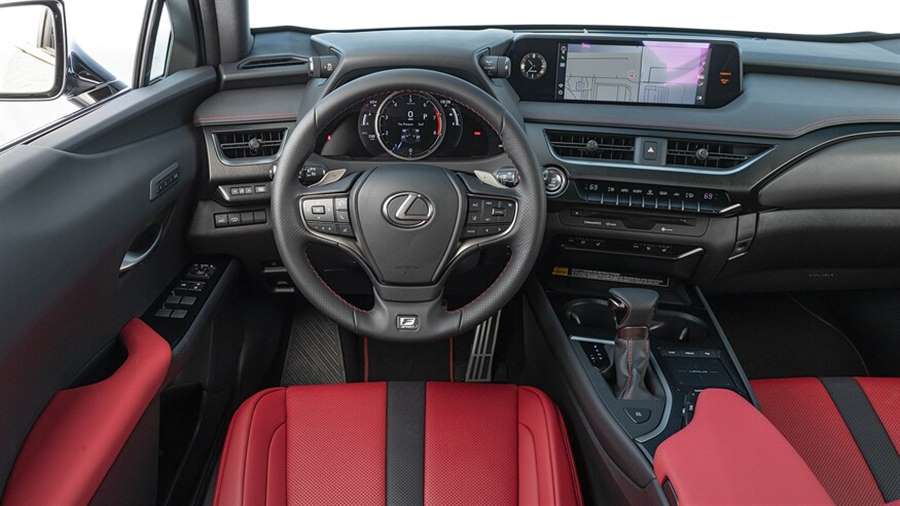
There are no two ways about it: This is a slow car, and despite the F Sport badge, there's little redemption when the going gets twisty. The UX's all-season tires give up grip quickly, and its 27.9-second figure-eight time at a 0.60 g average rank it near the bottom of all the vehicles we tested last year. The Mazda CX-9, a proper three-row SUV that weighs three-quarters of a ton more than the UX, logged a faster lap and a higher average g than the Lexus managed.
As for the UX, road test editor Chris Walton found the steering reasonably precise at the limit but bemoaned the UX's "10-speed" CVT, saying it was "slow to respond and kick down to a proper ratio." The transmission doesn't have "gears," as such, but it emulates a number of simulated ratios, and for most of my driving the CVT was in too low of a "gear," even in Normal mode. I resorted to putting the car in Eco mode for the majority of my driving just to keep the revs down and the engine-sound out of the cabin.
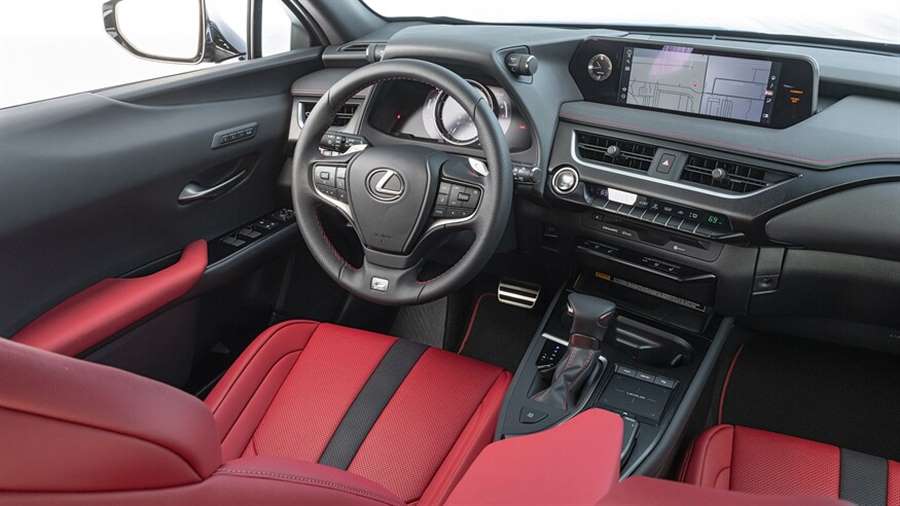
We noted issues with the throttle map on the previous UX we tested, but some software changes to the 2021 model have, thankfully, made the throttle response more linear and easier to modulate. Dynamically, though, that's the solitary bright spot for the UX, and it's not a particularly praiseworthy one.
Thankfully, the ride provides some relief from the lackluster powertrain of the Lexus. Over small lumps and fissures in the road, the UX can be crashy, but all in all, it rides well over most any surface and is more comfortable than rivals such as the Mercedes GLB and Jaguar E-Pace. A big part of that comfort is down to the excellent F Sport seats. They're supportive, heated, cooled, and trimmed in a luscious leather that makes spending time in them the best part of the whole car.
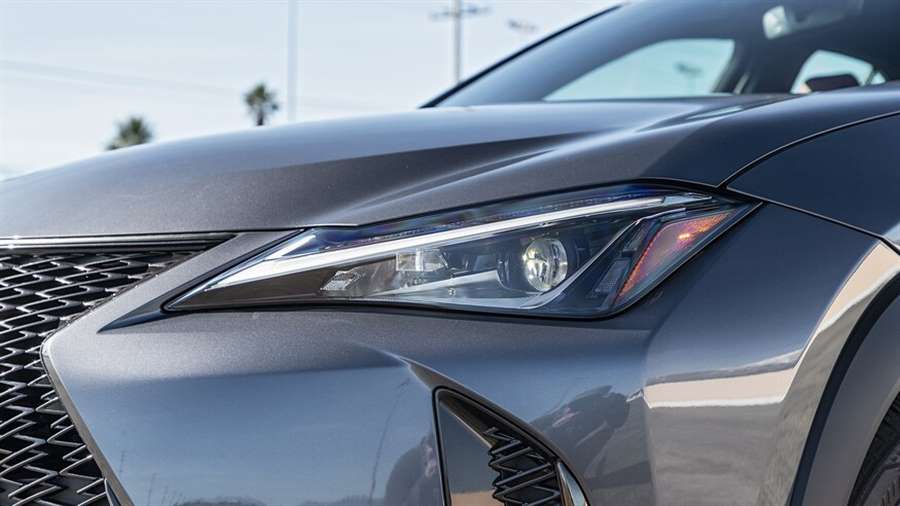
The rest of the interior, on the other hand, is largely where the user experience falls flat. One example: Just beneath the crisp, bright infotainment display is a well-organized row of HVAC buttons, but the option to turn the A/C on and off is buried under three menus. Plus, Lexus' finicky touchpad makes getting there difficult. Even after Lexus spent years refining and iterating on the system, it still isn't as intuitive or as accurate as the control knob offered by much of the German competition.
The volume knob is located on a funky, flat spar that juts out from the center console. It's supposed to be easy to use if your hand is resting on the lid of the console itself, and it's not necessarily a problem on its own. But once you have a passenger and their elbow takes up the exact position your arm needs to be in to use the volume knob properly, the illusion that this is somehow more intuitive or more interesting than a typical volume knob falls apart. That and the rest of the physical controls located on that spar become unusable.
The steering wheel is much too large for a car of this size, and even though the column is electrically powered, it doesn't telescope out far enough. The bit of plastic at the top of the instrument cluster creaked incessantly in our test car, and the screen resolution in the cluster itself doesn't hold a candle to the likes of Mercedes' MBUX and Audi's Virtual Cockpit. And then there's the excessive wind buffeting—even with both driver-side windows down, there's a literal tornado whipping around in the back of the cabin. You can mitigate it by lowering the rear passenger's side window, but at that point, you might as well be driving a convertible.
The rear cargo area only has 17 cubic feet of free space available (that's less than a Hyundai Veloster), and there's a middling amount of legroom and headroom available to second-row passengers. Now, I know what you're thinking. Here comes Johnny Auto Journalist, picking apart yet another SUV because we are taught to hate them. But you'd be wrong. There are plenty of SUVs, compact or otherwise, that we genuinely love.
On its face, the UX200 should be an appliance, a generalist automobile that takes you from A to B without hassle. Like your smartphone, it should be pleasant to use when you need it to be and out of your way when you don't. Lexus' quest to make it an "experience" with its, erm, eye-catching exterior looks and fussy interior design has only packed it full of compromise.
The user experience that I talked about earlier, the one that designers and engineers fret over, the one that separates good products from bad ones, simply doesn't excel here. The UX is inconvenient at its best and downright irritating at its worst, and for $41,655 there is no way to justify it.
Source: motortrend.com
Toyota sold the most cars in 2020, overtaking Volkswagen
Toyota sold the most cars in 2020 and overtook Volkswagen from the first place in the world ranking list, it was announced at the headquarters of the Japanese company in Tokyo.
Last year, Toyota sold 9.528 million cars worldwide, which is 11.3 percent less than in 2019, but it still overtook Volkswagen, because the German manufacturer sold 9.305 million cars, which is a drop of 15.2 percent, Reuters reported.
Last year, due to the coronavirus pandemic, sales of new cars were significantly reduced in all countries, and Toyota coped with it somewhat better because Asia coped much better with the pandemic than Europe and especially the United States.
Toyota states that they achieved better results than the competition, partly due to the larger offer of increasingly sought-after electric cars. Of the 9.528 million vehicles sold in 2020, 23 percent were electric, which is three percent more than in 2019.
An interesting restoration of the classic "Beetle" from 1961
When we think of the beetle models from the sixties, we mostly get a picture of small bright cars with a retro vibe, in a wide range of pastel tones ...
However, one designer and fan of the Volkswagen Beetle car, Danny Kordal, gave his special model "Beetle" a very interesting transformation by turning it into a James Bond car, or something that belongs to the Batman franchise.
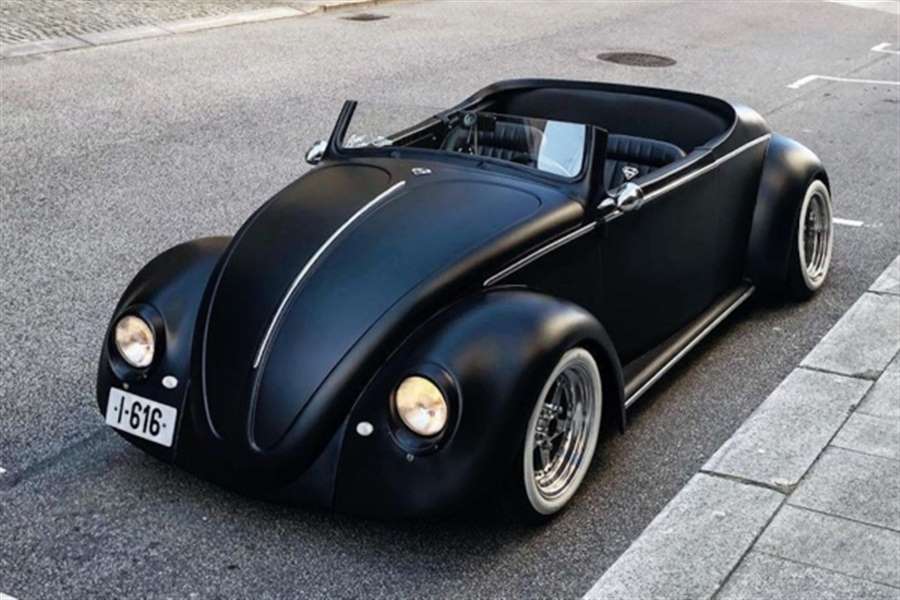
The 1961 model is painted matte black and has a flexible roof construction, which turns it into an open convertible. Kordal tuned the windshield as well, to complete his minimalist design. By removing the round lines of the car, including the side windows, together with the rear windshield, the owner created a slightly more square appearance of his torpedo-like bug.
Additionally, this beetle was lowered to the height of a standard hot rod model, followed by chrome details on each side in an outstanding combination. Even the interior of this model has been completely redesigned and finished with rich black, luxurious tonal leather seats and essential details.
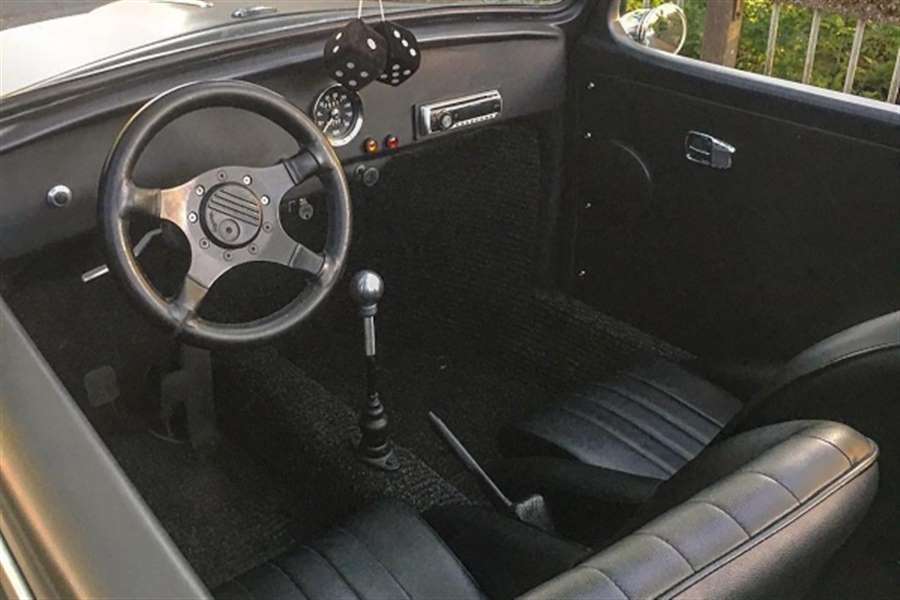
Whether driving around the city or simply traveling on the open roads of rural areas, this vehicle attracts great interest of everyone who happens to be next to it, and with its unique and powerful appearance it leaves a very strong impression wherever it appears.

